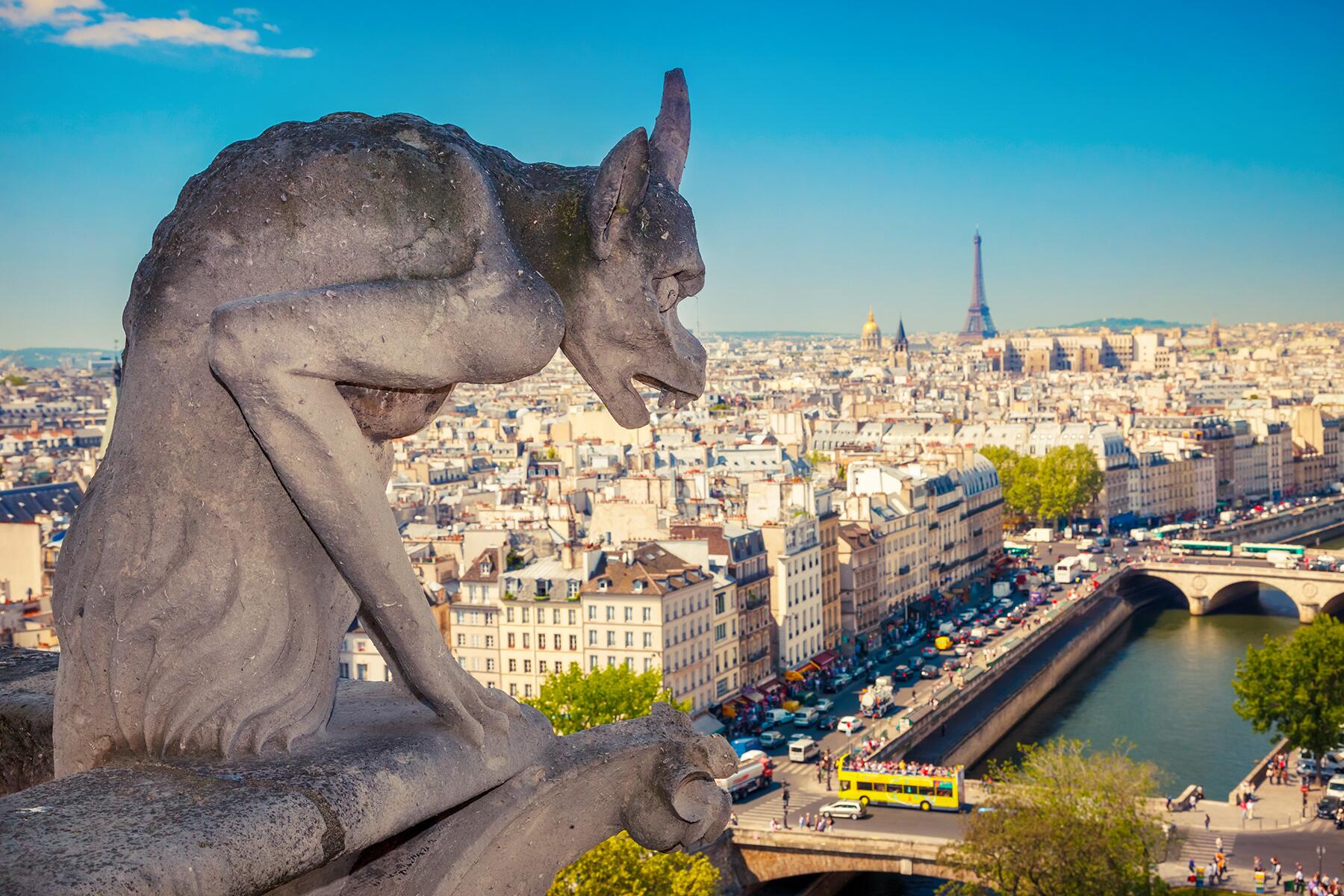You won't want to get a pinky near France's rivers after reading this.
A kayaking holiday down the Dordogne in western France sounds idyllic. The Seine, which flows from northwest of Dijon through Paris to meet the English Channel in Normandy, has inspired many a song and formed the backdrop for some of the most famous romantic films in the world. And it’s difficult to think of a holiday more perfect than sipping a chilled glass of Sancerre alongside the Loire with the crystal clear reflection of châteaux mirrored in the river. But what if we told you that the scariest sights in France weren’t to be found among the grinning skulls of Paris’s catacombs, but in the country’s waterways? You won’t believe what has been fished out of the rivers.





